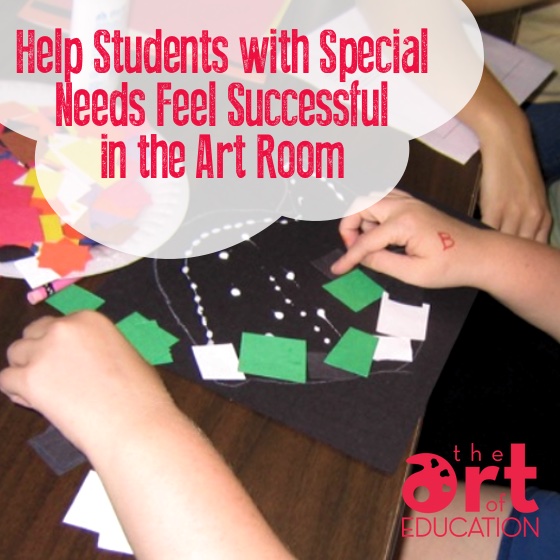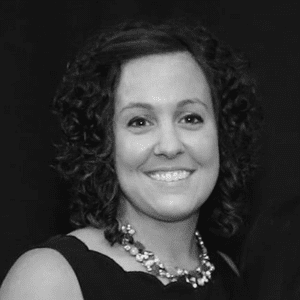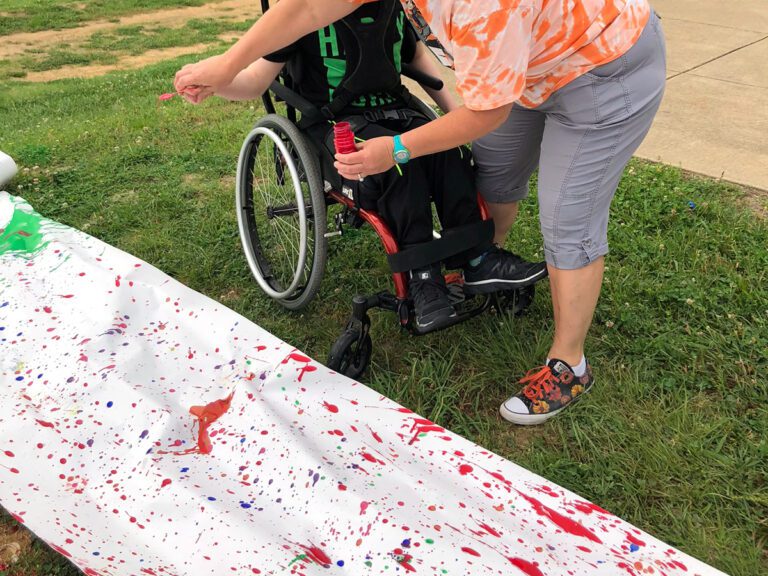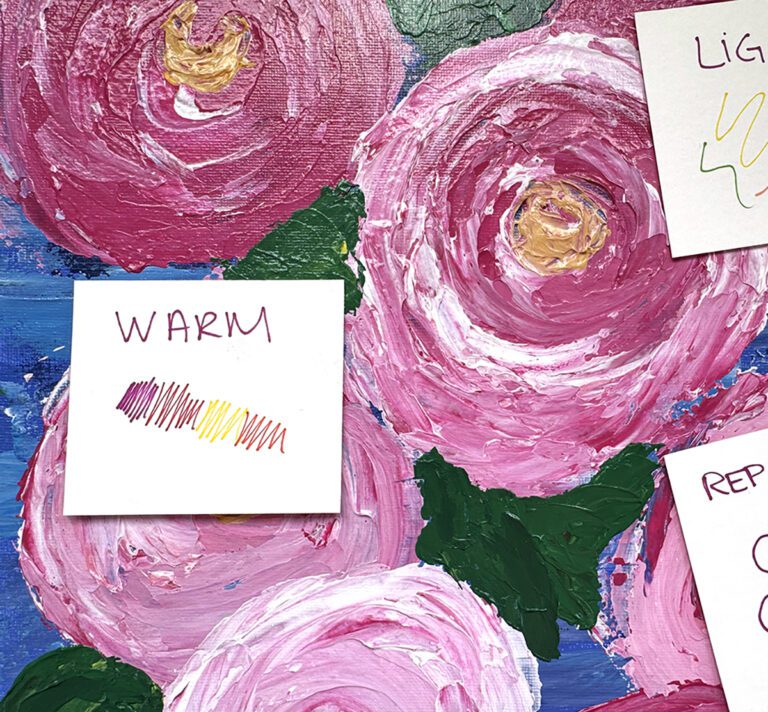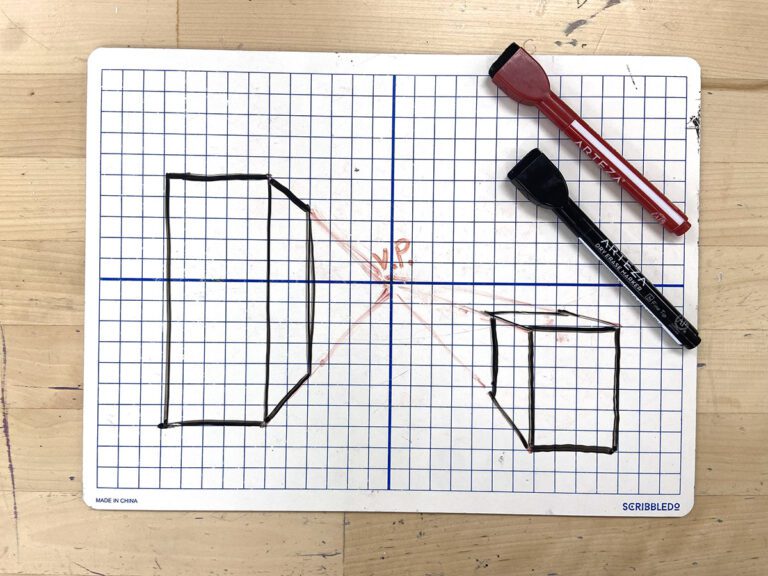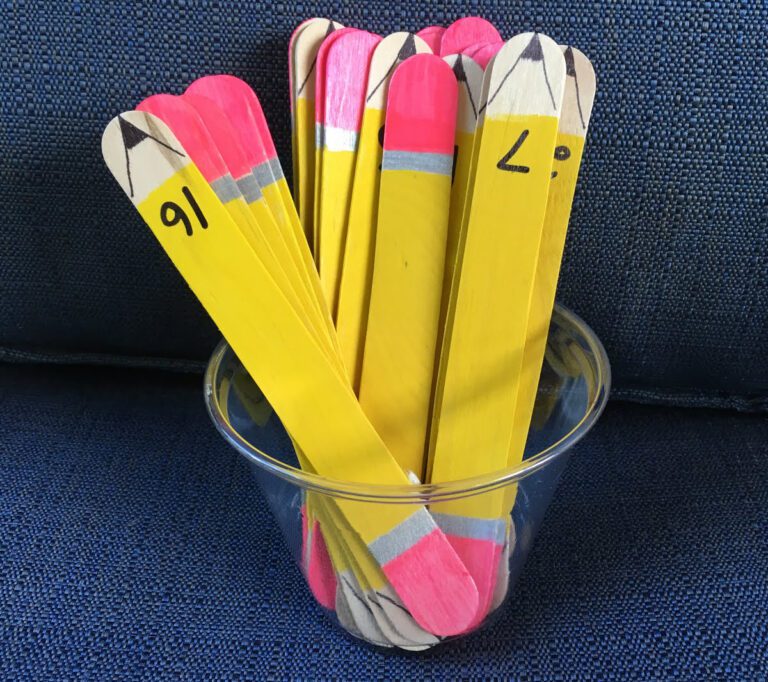In my past life, I worked as an assistant to students with special needs. I helped with life and community living skills as well as leading art projects. A highlight for me was putting on an art camp for all of the students. In the process, I conducted a research project focused on how to plan successful art experiences for students with special needs.
According to my research and personal experience, here are 5 factors to consider.
1. Make Small Goals
It’s probably unrealistic to expect students to master new skills and stay seated all while being exposed to new materials. The goals and objectives of art activities for students with special needs must consist of overarching goals to master skills, but also must have sub-skills and smaller benchmarks (such as behavior goals) that reach toward that ultimate goal of a successful and meaningful art experience.
2. Provide Options for Sensory Experiences
Research indicates that senses are heightened in many students who have special needs, especially those with autism. A sensory experience can usually go one of two ways; it can be wildly successful or result in a complete meltdown. Make sure when introducing sensory experiences, like clay, you have multiple options on hand (Just in case). This can be as simple as an alternative material like model magic or a pair of latex-free plastic gloves to help your students participate in ways that works for them.
3. Give Independence
Give students choices within specific parameters. Allow them to do as much as possible, while still monitoring their ability to follow directions and successfully complete the project. Just because a special needs student has an assistant does not mean the assistant should be doing the work for the student. This always makes for a heated (and so needed!) discussion in our “Autism and Art Class.” After a good venting session, class participants create a welcome letter for para-professionals they work with, outlining their expectations for working with students in the art room. It’s good to be solutions based! Here is an example of my welcome letter, below:
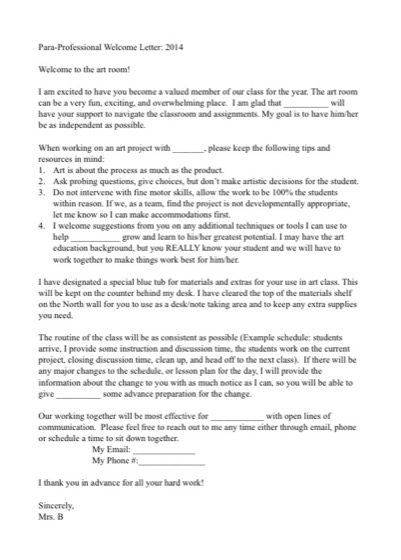
4. Center Activities On a Theme
Themes such as “the beach,” “seasons,” or “holidays” are easy for most students with special needs to grasp because they connect to everyday life. This is not to suggest that students should not be challenged and introduced to outside experiences, but if a student is struggling to engage, consider a more direct connection to his or her life to provide the initial hook.
5. Keep the Workspace Uncluttered
Many times, the more clutter and materials the teacher has sitting out, the more distracted the students will be. Many special needs students have a hard enough time focusing; they do not need an environment that distracts. Instead of setting all the materials out on the tables far ahead of time, take supplies out only when needed. After all, creativity needs room to breathe.
It’s our job to provide the least restrictive environment in the art room for students with special needs. Yes, sometimes this does mean changing the parameters and making adjustments, but reaching all students is so important!
What are some of your tips for making art successful for all students?
Magazine articles and podcasts are opinions of professional education contributors and do not necessarily represent the position of the Art of Education University (AOEU) or its academic offerings. Contributors use terms in the way they are most often talked about in the scope of their educational experiences.
